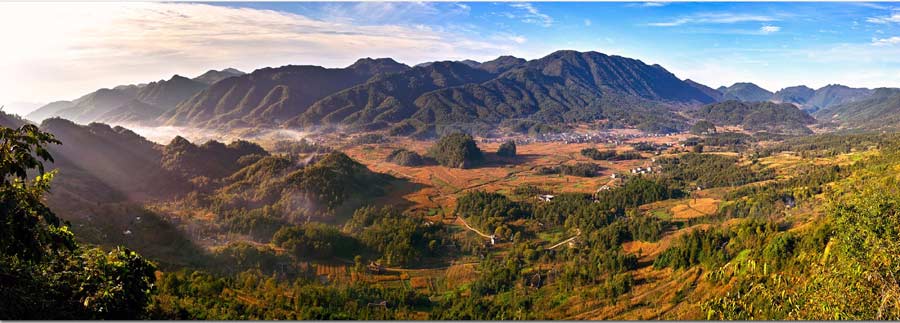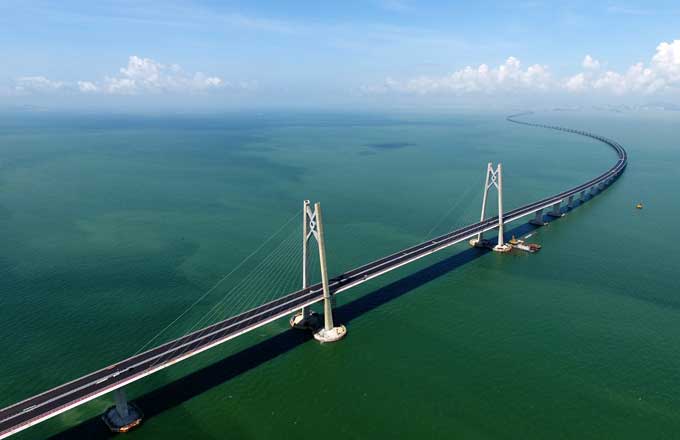Experts assess transforming national geopark into world geopark in Sichuan
 |
|
Sichuan Guangwushan-Nuoshuihe Geopark covers more than 1,818 square kilometers. [Photo provided to chinadaily.com.cn] |
Local authorities in Southwest China's Sichuan province are making a final attempt to turn a national geopark into a world geopark in Bazhong city, according to the Bazhong City Land and Resources Bureau.
A group of experts with the United Nations Educational, Scientific and Cultural Organization (UNESCO) will conduct an on-site evaluation of the Sichuan Guangwushan-Nuoshuihe Geopark on the weekend, and if approved, the park will become the third world geopark in Sichuan province, a representative of the Bazhong City Land and Resources Bureau said.
Covering more than 1,818 square kilometers, the park is located between the Bazhong city's counties of Nanjiang and Tongjiang.
It was named a national geological park by the Ministry of Land and Resources in 2009, and has formally operated as a national geopark since 2013, Fu Shuguang, deputy director of the Bazhong City Land and Resources Bureau, said.
In 2015, a formal application to turn the park into a world geopark was submitted to the UNESCO and passed the organization's first review. It will be formally listed as a world geopark if it passes the coming field trip inspection by UNESCO experts.
He Xiaobing, director of the bureau, said many factors affect whether a site could become a world geopark. In order for a site to be approved, it must already be a national geopark, should possess world-level resources of geological vestige, and the geopark should have scientific or social effect to the local community.
According to the bureau, the park in Bazhong city has a distinctive Karst geomorphologic landscape, and some sites display geological features of various periods in geological history, including Archeozoic, Proterozoic, Paleozoic Erathem, Mesozoic Erathem and Cenozoic Erathem. Because of this, the goepark is considered an ideal region for studying the formation and evolution of paleo-continent, as well as the coupling of the intracontinental basin range during Mesozoic and Cenozoic, and the formation and evolution of the Qinling Orogenic Belt.













